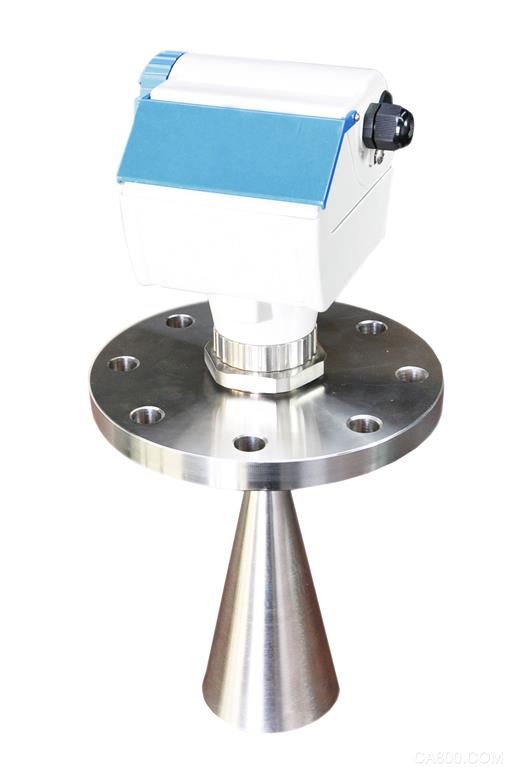The radar level gauge is an essential non-contact measurement device widely used in industrial production. When we hear the word "radar," it often brings to mind its common applications in daily life, such as in car parking systems that use radar to detect obstacles when reversing. But have you ever wondered if there's a connection between radar level gauges and car radars? If so, what exactly makes them similar or different?
To begin with, let's explore what "radar waves" actually are. Radar operates within specific frequency bands, which refer to the range of frequencies used for transmitting signals. Most radar systems function in the ultra-shortwave and microwave frequency ranges, typically from 30 MHz to 300 GHz. These include bands like VHF, UHF, SHF, and EHF. Car radars, on the other hand, can be based on technologies such as ultrasonic, laser, or microwave, each serving different purposes—like detecting obstacles, predicting collisions, or enabling adaptive cruise control. They also employ various working principles, including pulse radar, FMCW (Frequency Modulated Continuous Wave) radar, and microwave Doppler radar.

While both car radars and radar level gauges operate using radar technology, their applications and design differ significantly. A radar level gauge is designed for continuous level measurement in industrial settings, allowing real-time monitoring of material levels in storage tanks. This helps maintain balance in material usage across various production processes. It works well in challenging environments such as dusty conditions, high temperatures, pressure fluctuations, or the presence of inert gases and steam. Additionally, it is safe for both humans and the environment, unaffected by changes in the medium’s specific gravity or dielectric constant, and doesn’t require frequent on-site calibration.
This makes radar level gauges a reliable and cost-effective solution for industrial applications. Unlike car radars, which usually operate at lower frequencies—such as around 40 kHz or 58 kHz—radar level gauges work at much higher frequencies, often ranging from 5.8 GHz to 10 GHz. The higher frequency allows for more accurate and stable measurements, especially in complex industrial environments.
In summary, while both car radars and radar level gauges rely on radar waves, they serve distinct purposes and operate in different frequency ranges. Understanding these differences can help users make informed decisions about which technology best suits their needs.
If you're interested in learning more about level switches, magnetic flap level gauges, or other types of level measurement instruments, feel free to follow our official WeChat account: Jiweimeter. (This article is sourced from [source], please cite accordingly.)
Solar Power Station,photovoltaic power station,moveable power station,portable solar power station,Portable energy storage system,portable generators for camping,Portable battery storage
EMoreShare International Trade (Suzhou) Co., Ltd , https://www.emoreshare.com